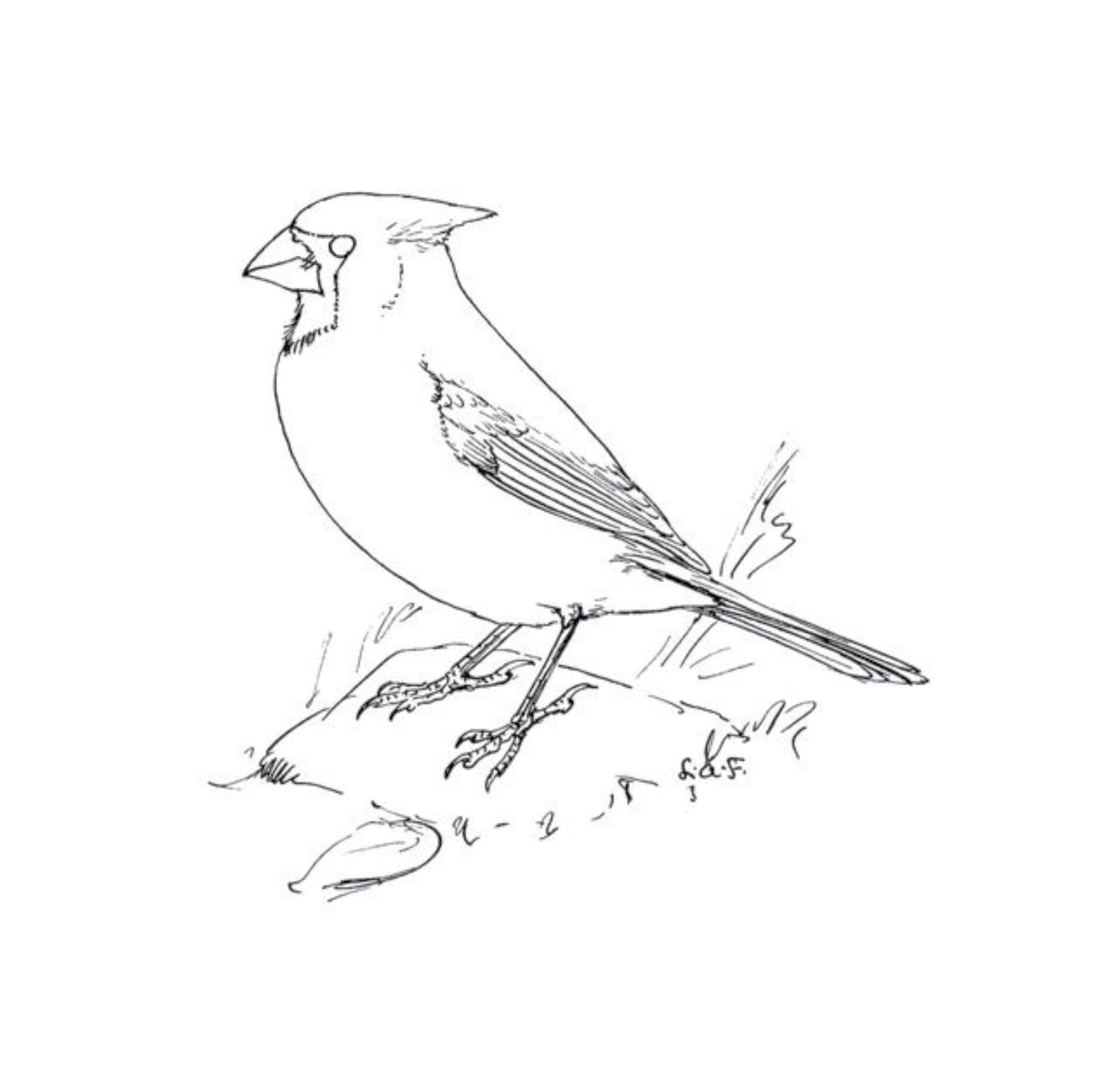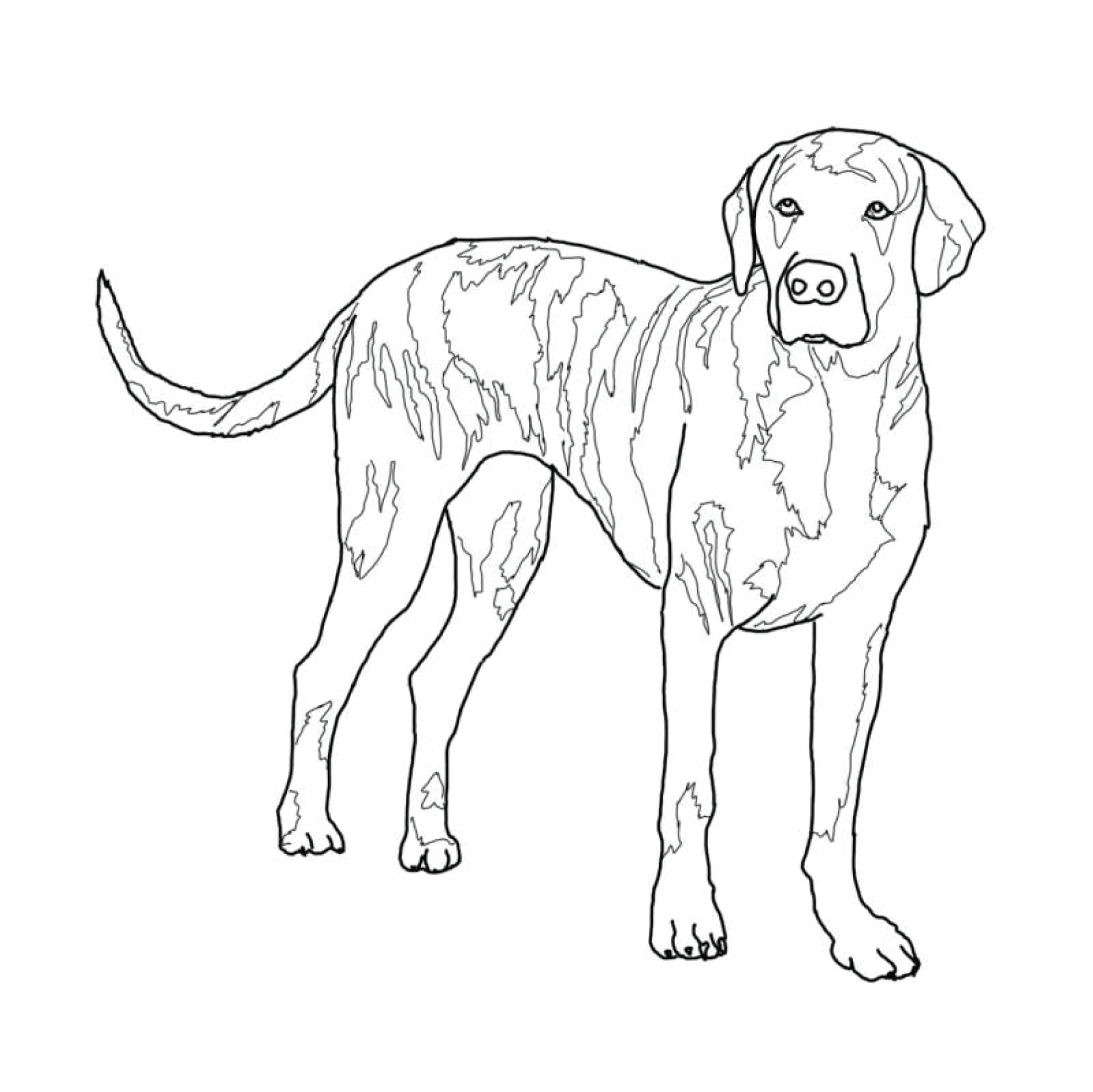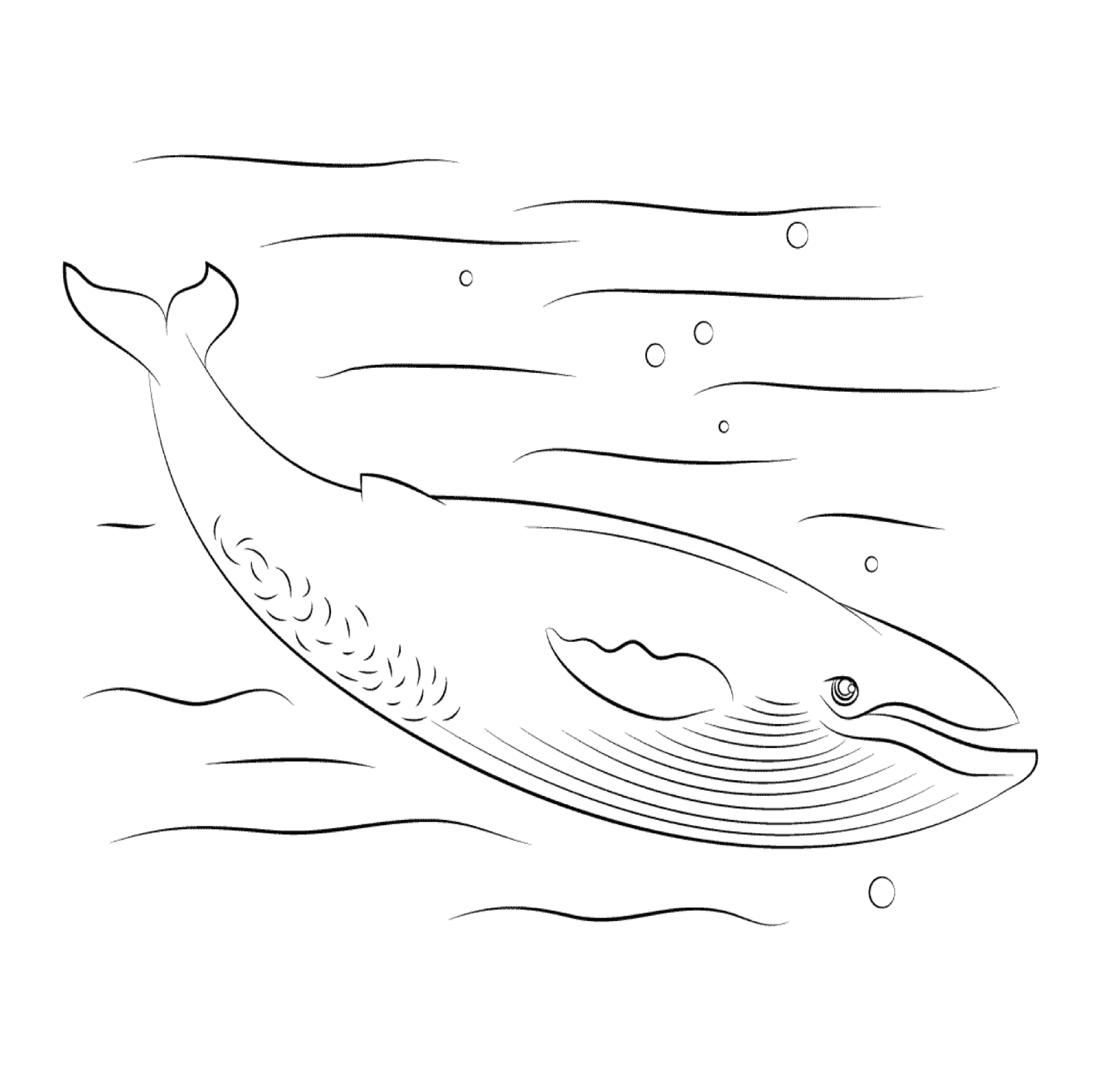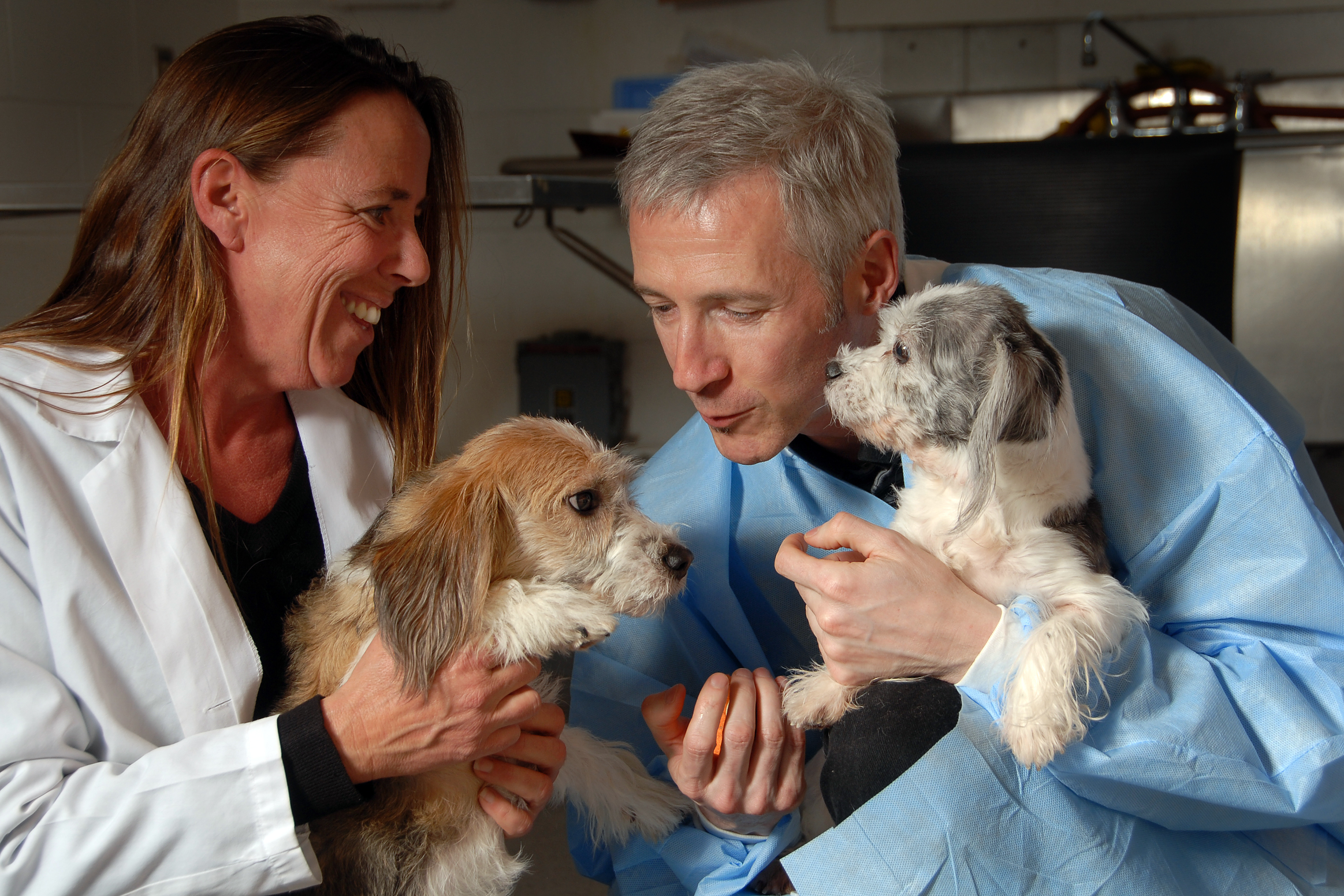Did you know that the human heart only weighs about one pound? In comparison to the rest of your body that's pretty small, but it is certainly one of the most important and mighty organs! The heart, however, isn't just immportant for humans, but animals too! Keep reading to learn more about the heart and its importance for you and your furry friends.

Hi! I'm Dr. Sandra Tou. I live in North Carolina where I work as a veterinarian at the NC State University College of Veterinary Medicine. When I'm at work, I spend most of my time with cats and dogs, making sure their hearts are healthy and working properly! While my job is to take care of your animal's heart, I think it's important to take care of yours too! I've worked to put together these activities so you can better understand the heart, how it works, and learn more about the hearts of animals! I hope you enjoy and learn something new! Happy learning!
What is a veterinary cardiologist? While all veterinarians help promote the health and happiness of animals, some veterinarians undergo years of extra training to become an expert in a certain area of medicine. Veterinary cardiologists are heart experts and work to keep the hearts of animals as healthy as possible.
What types of animals get heart disease? Just like people, any type of animal can have heart problems, including those they’re born with or those that develop as they get older. Veterinary cardiologists work to help animals with any type of heart problem.
What happens when a dog or cat comes to the veterinary hospital to see a veterinary cardiologist? Dogs and cats (and other types of pets) should be checked by their regular veterinarian every year. If your veterinarian thinks your pet has heart disease, you may be sent to a veterinary cardiologist. During your visit, a stethoscope is used to listen to your pet’s heart and lungs. X-rays may be taken of your pet’s heart and lungs, and an echocardiogram (heart ultrasound) can take pictures of the inside of the heart.
What is the best thing about being a veterinary cardiologist? Some pets with heart disease can feel very sick and tired. Making them feel better, and helping them live longer makes the family and also the veterinary cardiologist happy! Veterinary cardiologists, along with other scientists, hope to one day find a cure for all types of heart disease.
The heart is an organ responsible for sending blood to every part of our bodies to make sure our cells have oxygen so they can function properly.
You can think of the heart like a bicycle pump: When you have a flat tire, you fill the pump with air, then you push the air out to fill the bicycle tires. Similarly, the heart fills with blood, then pushes the blood out to the body.

The heart has an important structure to make sure there's always blood pumping through our bodies!
You should understand the structure before learning how the heart works. Typically, a heart is divided into four parts called chambers. The upper chambers of the heart are called atria (atrium if you are only talking about one). The lower chambers of the heart are called ventricles. We also divide the heart in half, creating right and left parts. For example, the Right Atrium and Right Centricle. Use this coloring page to find these key parts that make up the heart! Click the picture above to download and print your own.
For more practice with heart vocabulary, try this word search!
Click the picture to download and print your own word search page.
Your heart is constantly pumping blood to and from all the cells in your body to deliver oxygen to the cells and keep them working properly. Learn more by trying these activities:

We’ve talked about how our hearts work under normal circumstances, but what happens when we are asleep or when we are exercising?
For more practice, try this crossword puzzle!We’ve learned all about our own hearts, but it’s also fun to learn about other animal hearts! The heart is specially designed to meet the different needs of every animal. This means that the shape, location, the number of times it beats per minute, and the size can vary drastically!
Try to find the objects listed below hidden in this picture. When you see them, you may say "Aha!" too. Click the picture to download and print your own!




Keeping a dog healthy is the number one way to keep it happy! There are a lot of important things to think about and a lot of responsibility that comes with owning a dog (or any pet), but it doesn't have to be scary. Use these tips to make sure you have a happy hound!

If you're reading this, you're officially a heart expert! Remember, it's just as important ot take care of your animal's hearts as it is to take care of your own! We hope you learned something new and will share your knowledge with your friends and family!